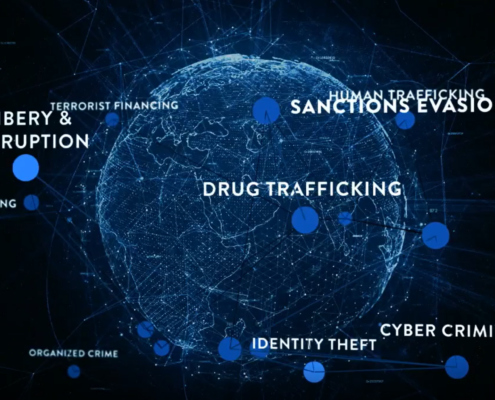
When Less is More
Microlearning – meaning knowledge or training divided into small learning objects – offers many advantages. In this article, we consider the types of microlearning, best practices for implementation, and examples of how this works well in compliance.

Cartels, Cash, and Capital Flows
Cartels and their money laundering networks represent an increasing threat to our security and citizens, as well as being a priority for enforcement action. This article sets out five actionable steps a financial institution can take to ensure it is effectively identifying and responding to cartel risk.

Intensifying Focus on Export Control Compliance by Banks
This article recaps BIS export control guidance to banks, assesses the likelihood of enforcement action this year, and sets out actions Chief Compliance Officers can take to improve their export control compliance program.

AI vs. Human Judgment
AI is helping financial institutions stay on top of their game while making processes faster and more efficient. But with recent advancements, one question keeps coming up: Will AI replace compliance professionals? In this article, we explore where AI excels versus human judgment.

Syndicates of Terror
Eight Latin American drug cartels were recently designated by the United States as Foreign Terrorist Organizations and Specially Designated Global Terrorists. The U.S. designation enhances compliance risks for financial institutions and other companies transacting in Latin America.

Advancement in Digital Asset Markets
Review policies and regulation on crypto in the U.S., UK, EU, and globally, how this influences adoption, and measures to capitalize on rewards while managing illicit finance risks.

False Flags, Fake Docs, and Fraudulent Routes
Russia continues to evade the $60 per-barrel price cap on its seaborne oil shipments. What can financial institutions engaged in documentary trade in the energy sector and other industry stakeholders do to mitigate their risks?

Navigating the Convergence of Sanctions & AML Regimes
In our recent webinar, the director of compliance and enforcement at OFAC and three financial integrity industry leaders discussed the importance of breaking down silos and shared other advice for AML/CFT and sanctions professionals.

Interlocking Action
Transnational crime requires a coordinated response. Examine the characteristics of transnational crime, breakdowns in internal cooperation within financial institutions that resulted in enforcement action, and the actions Chief Compliance Officers must take to ensure an effective and coordinated response within their institution.

Lighting Up the Darknet
The validity of blockchain analytics technology was assessed in the Bitcoin Fog money laundering trial. What lessons does the Court’s reasoning have for Chief Compliance Officer using blockchain analytics and other decision support technologies?
